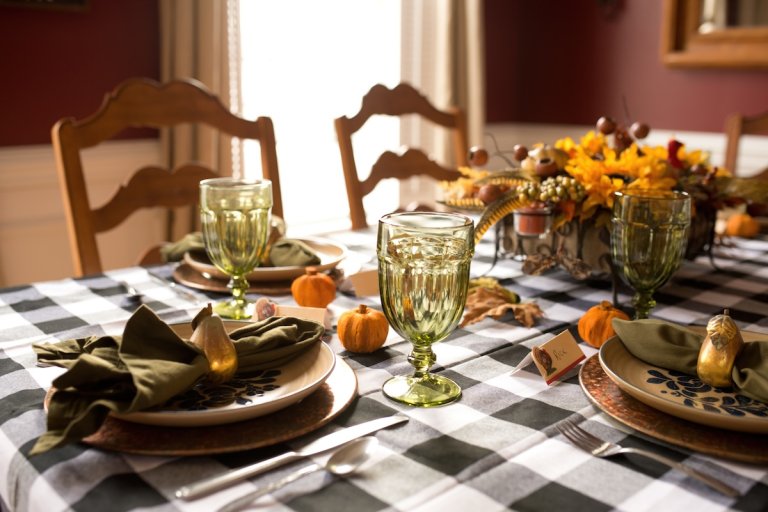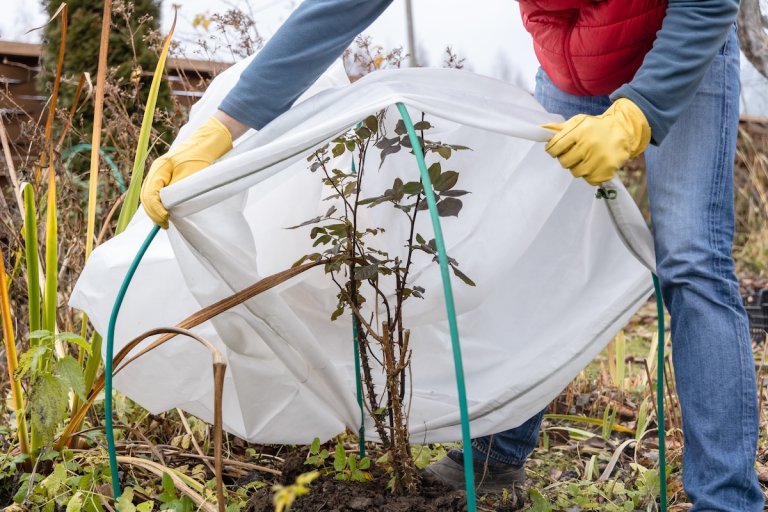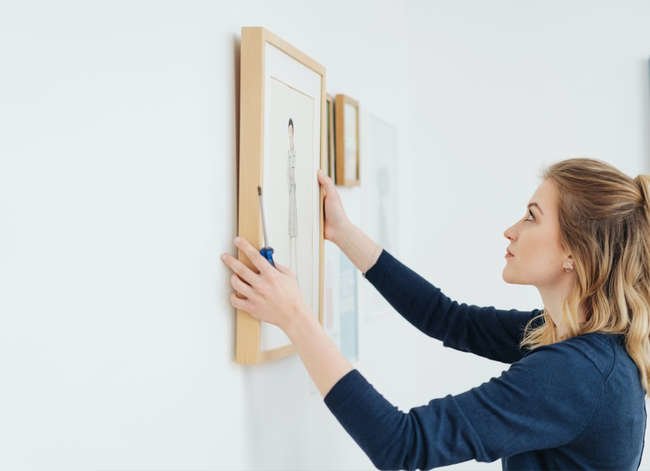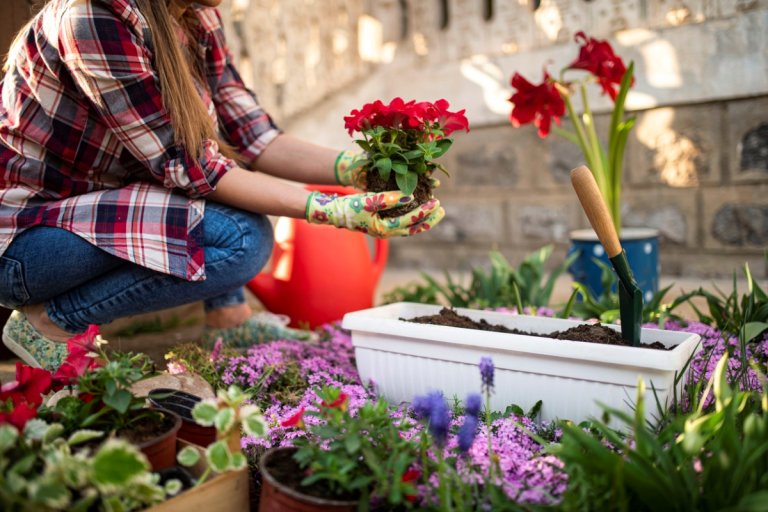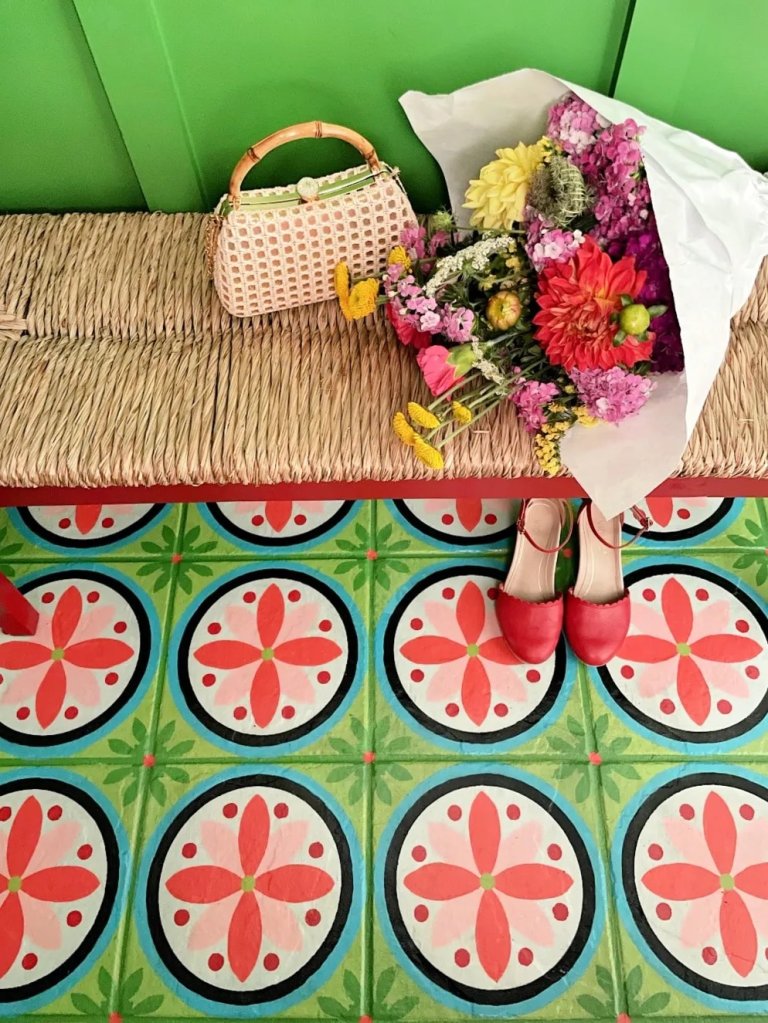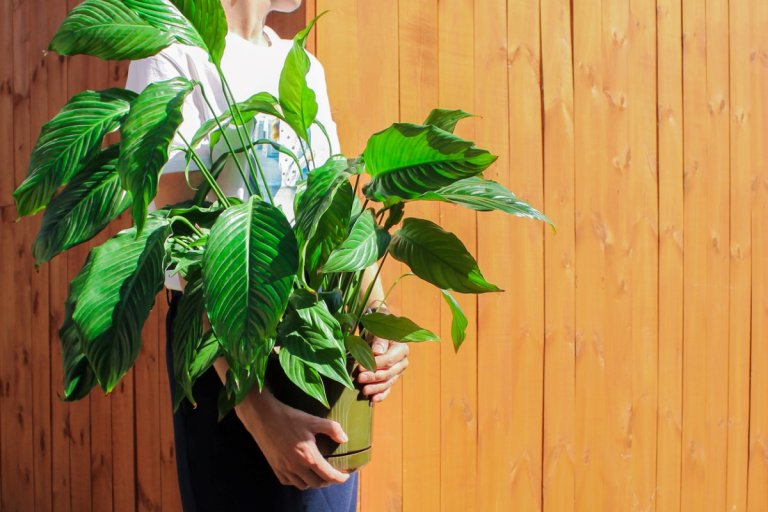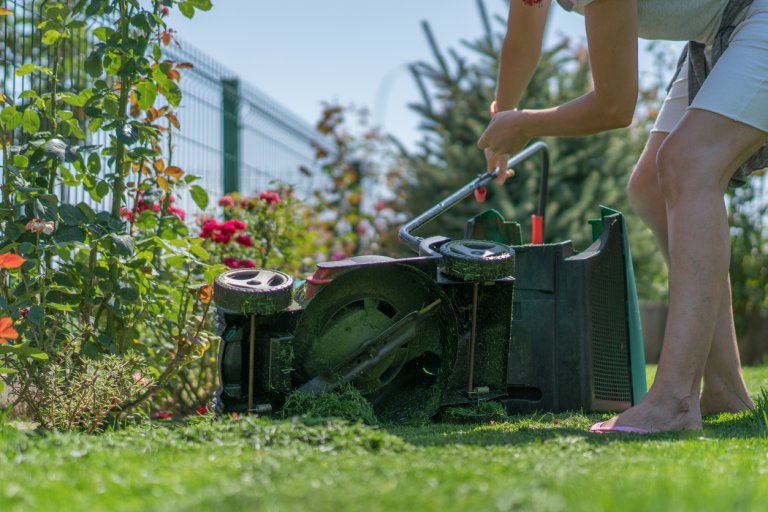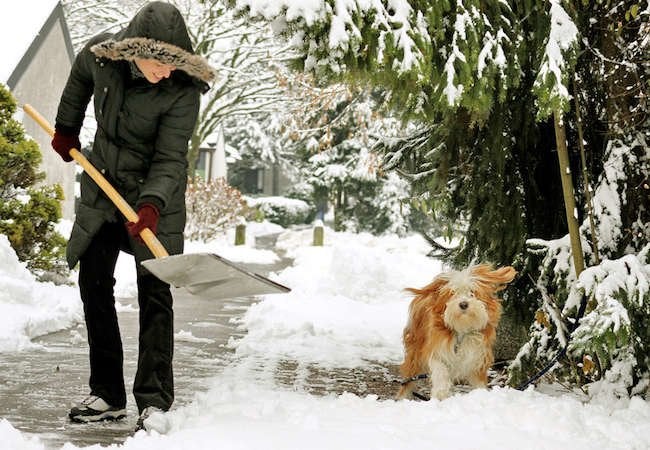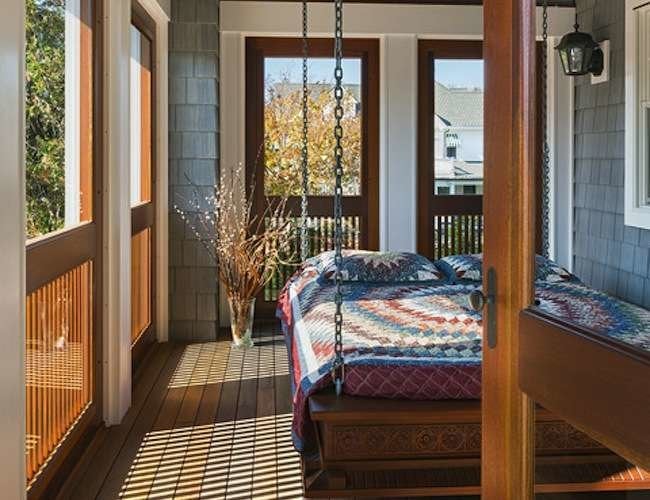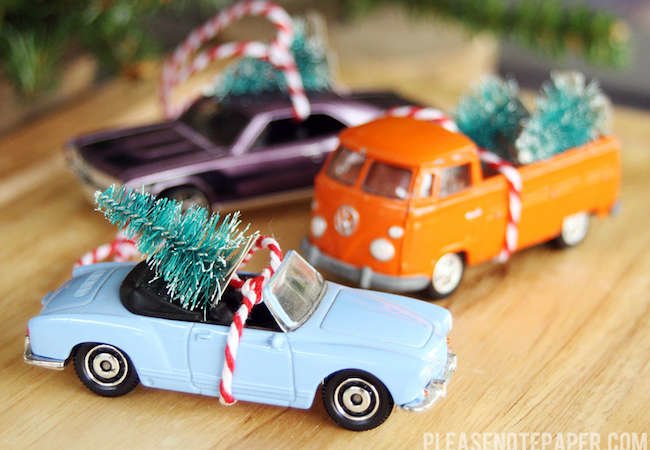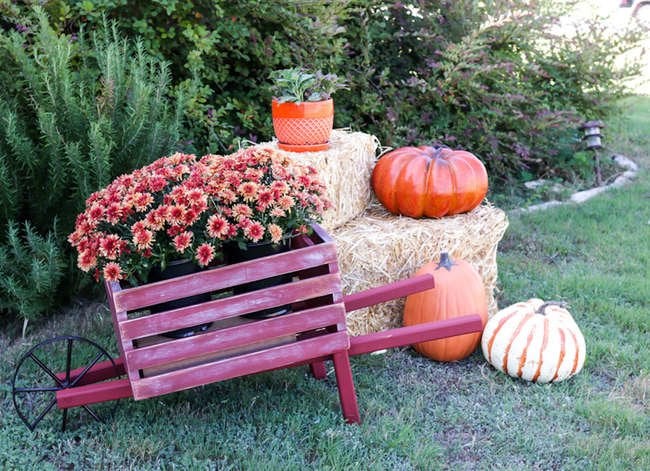About
Caitlin Castelaz worked at BobVila.com for several years, writing, editing, or researching about nearly every aspect of home improvement and maintenance. Although she currently works for a software company, friends still know her as the one to ask for DIY and home repair advice, and she’s happy to oblige.
Experience
Caitlin came to the Bob Vila team from independent book publishing, and she worked for several years as a writer, editor, social media manager, product director, and eventually Associate General Manager. In the course of researching and writing about the home, she learned nuances of repair and maintenance that allowed her to serve as the caretaker of a four-floor property in Greenwich Village, New York.
From a young age, Caitlin learned that if you can dream it, you can do it by watching her interior-decorator mother paint anything and everything from ceilings to floors, and even bathtubs. She received a hands-on education in power tools and home renovation by volunteering with Habitat for Humanity and other similar organizations in high school and college. After DIY-ing everything she dares to attempt in her New York apartment, she refocuses that creative energy in the outdoors by volunteering in the city’s backyard of NYC Parks and New York Restoration Project gardens, where there’s no shortage of work to do, vegetables to harvest, and young people to educate.
Education
Caitlin graduated with a Bachelor of Arts in English from Northwestern University. She pursues ongoing training in the areas of urban stewardship, composting, and sustainability.
Highlights
- Specialties and interests: Gardening, painting, natural cleaning, renter-friendly DIY, and crafts
- Education: Bachelor of Arts in English from Northwestern University
Notable Works
-
Low waste living mistakes I wish I could take back
Climate Conscious
-
A supposedly fun thing I'll probably never write
The Dispatch
-
How a Small Idea Became a Big Kickstarter Campaign
Nineteen Months
Proudest DIY
Caitlin’s favorite DIY is a simple fence constructed around an urban street garden because of how many people were involved in its creation. Although it would have been possible for one person to do the job, several people came together to buy materials, lend tools, and share feedback (solicited and unsolicited) about the method of construction. The result was something serviceable that neighbors could point to and say, “I helped.”

